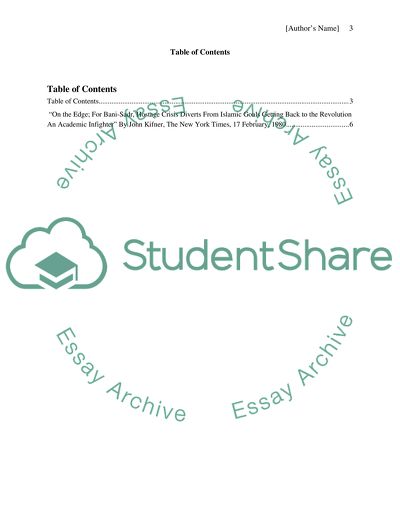Cite this document
(“The Fall of Reza Pahlavi and the Rise of Ayatollah Khomeini Essay”, n.d.)
Retrieved from https://studentshare.org/history/1531714-the-fall-of-reza-pahlavi-and-the-rise-of-ayatollah-khomeini
Retrieved from https://studentshare.org/history/1531714-the-fall-of-reza-pahlavi-and-the-rise-of-ayatollah-khomeini
(The Fall of Reza Pahlavi and the Rise of Ayatollah Khomeini Essay)
https://studentshare.org/history/1531714-the-fall-of-reza-pahlavi-and-the-rise-of-ayatollah-khomeini.
https://studentshare.org/history/1531714-the-fall-of-reza-pahlavi-and-the-rise-of-ayatollah-khomeini.
“The Fall of Reza Pahlavi and the Rise of Ayatollah Khomeini Essay”, n.d. https://studentshare.org/history/1531714-the-fall-of-reza-pahlavi-and-the-rise-of-ayatollah-khomeini.


